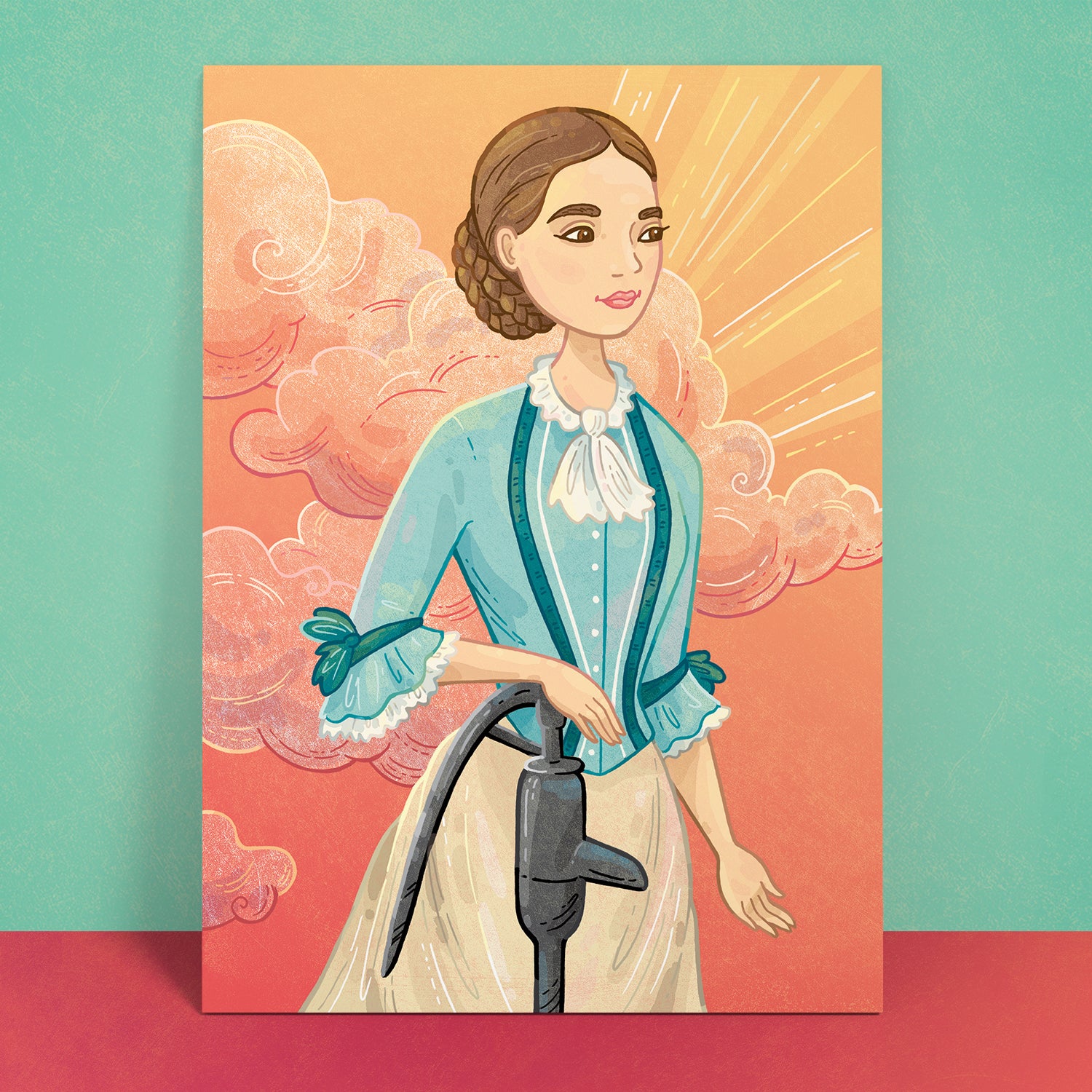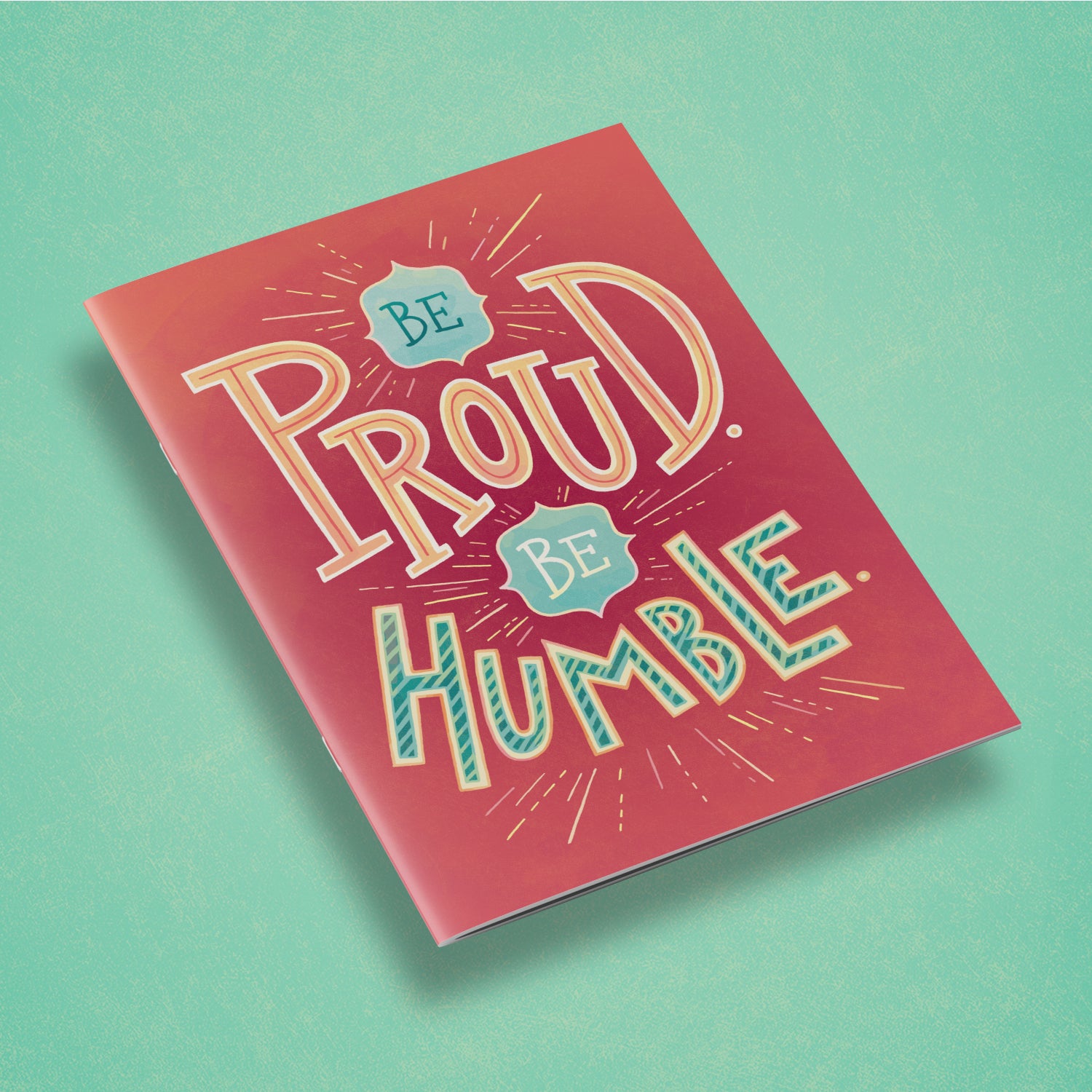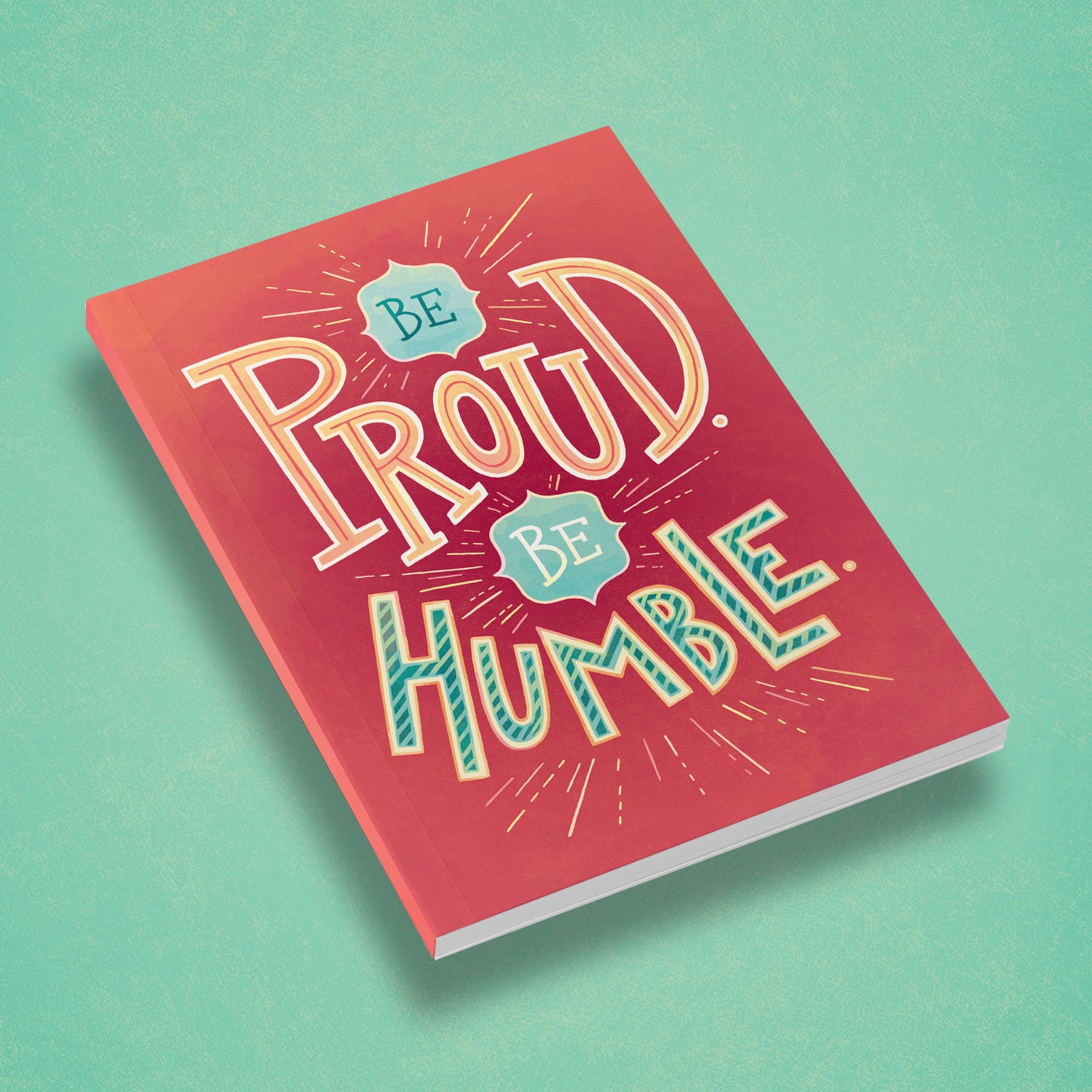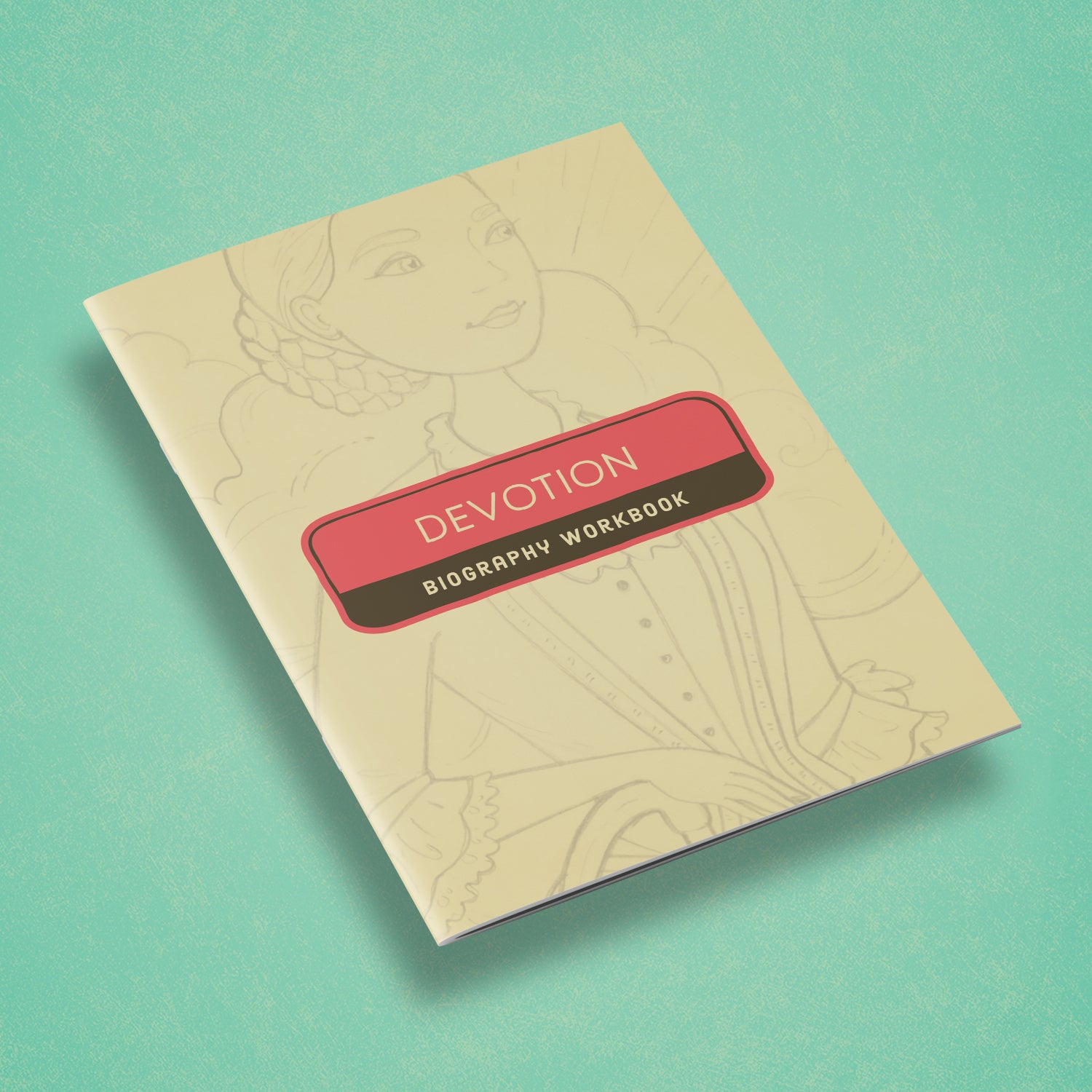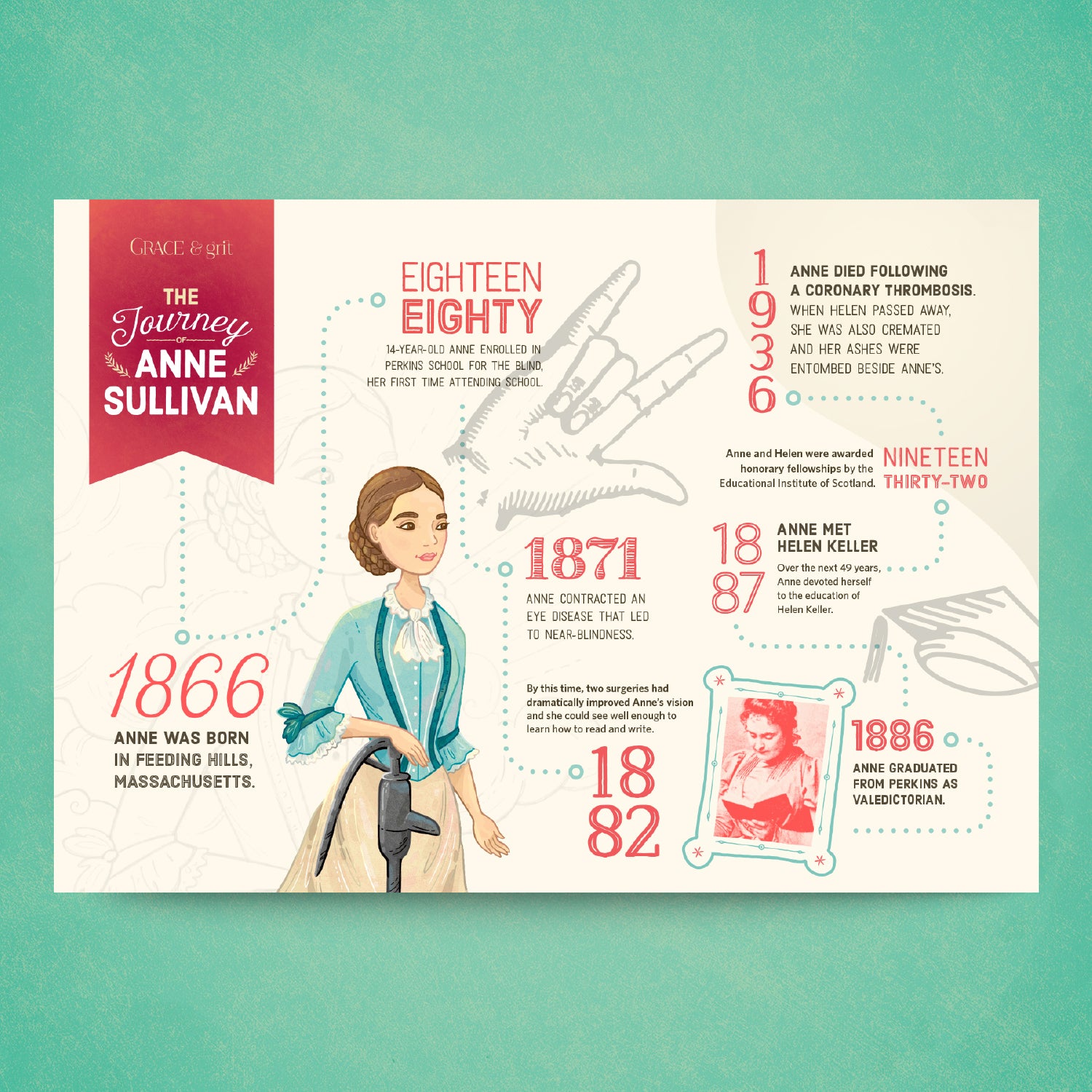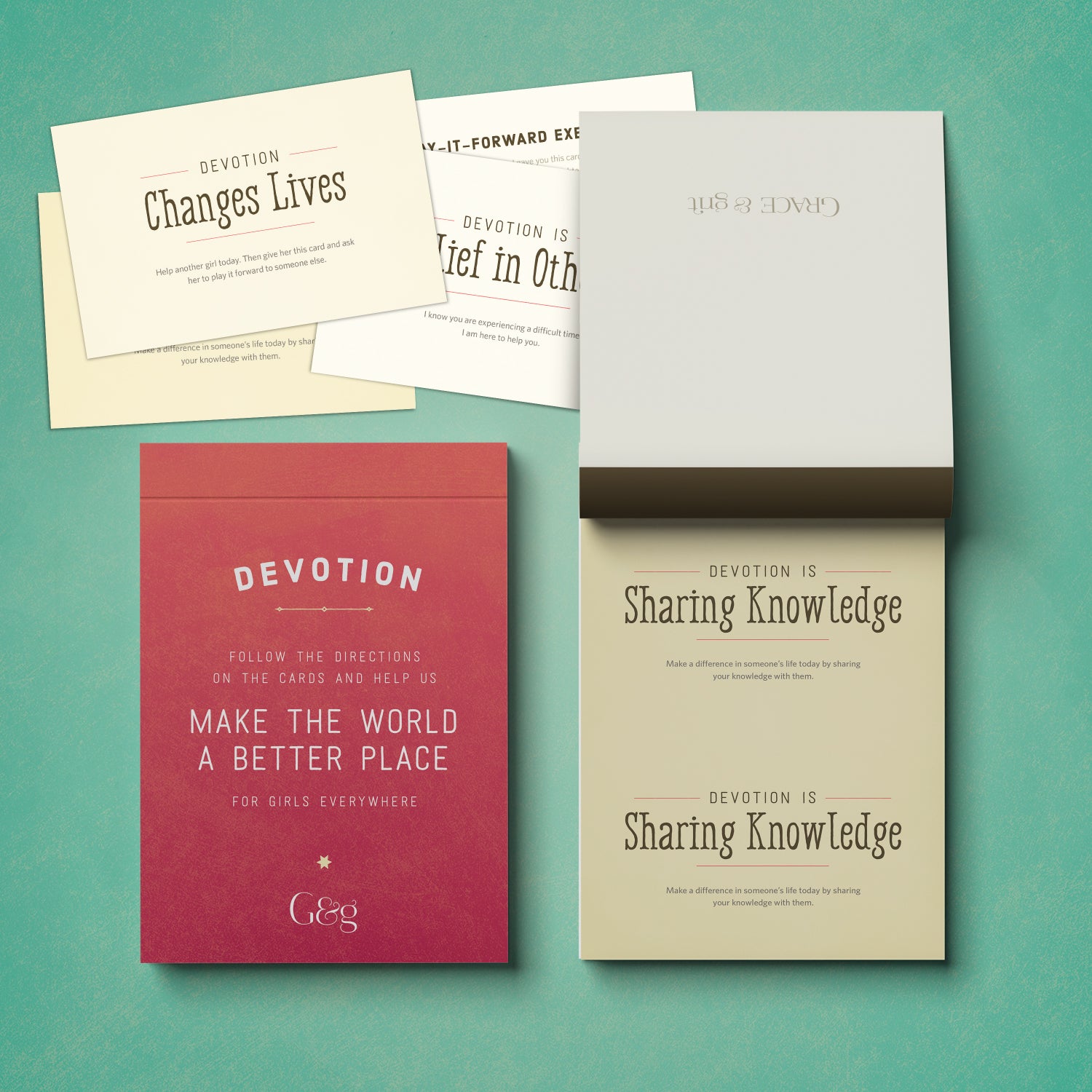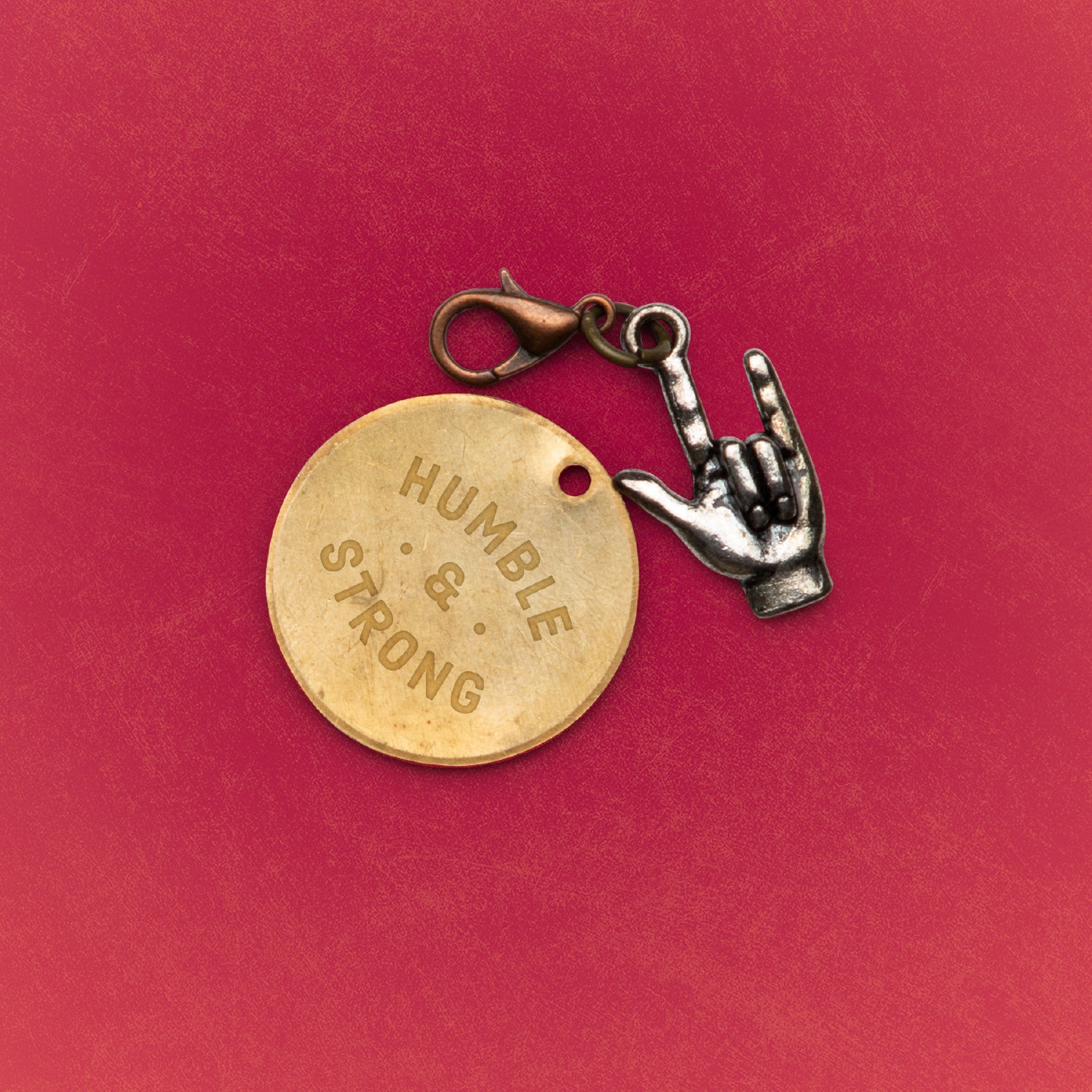Devotion is love, loyalty or enthusiasm for a person, activity or cause. People are devoted to many things in their lives. However, it is important to remember to be devoted to yourself just as much as you are devoted to others. This lesson gives a real-life example of a woman who was a devoted teacher. It helps girls understand the importance of devotion and how to incorporate the character trait into their lives and relationships.
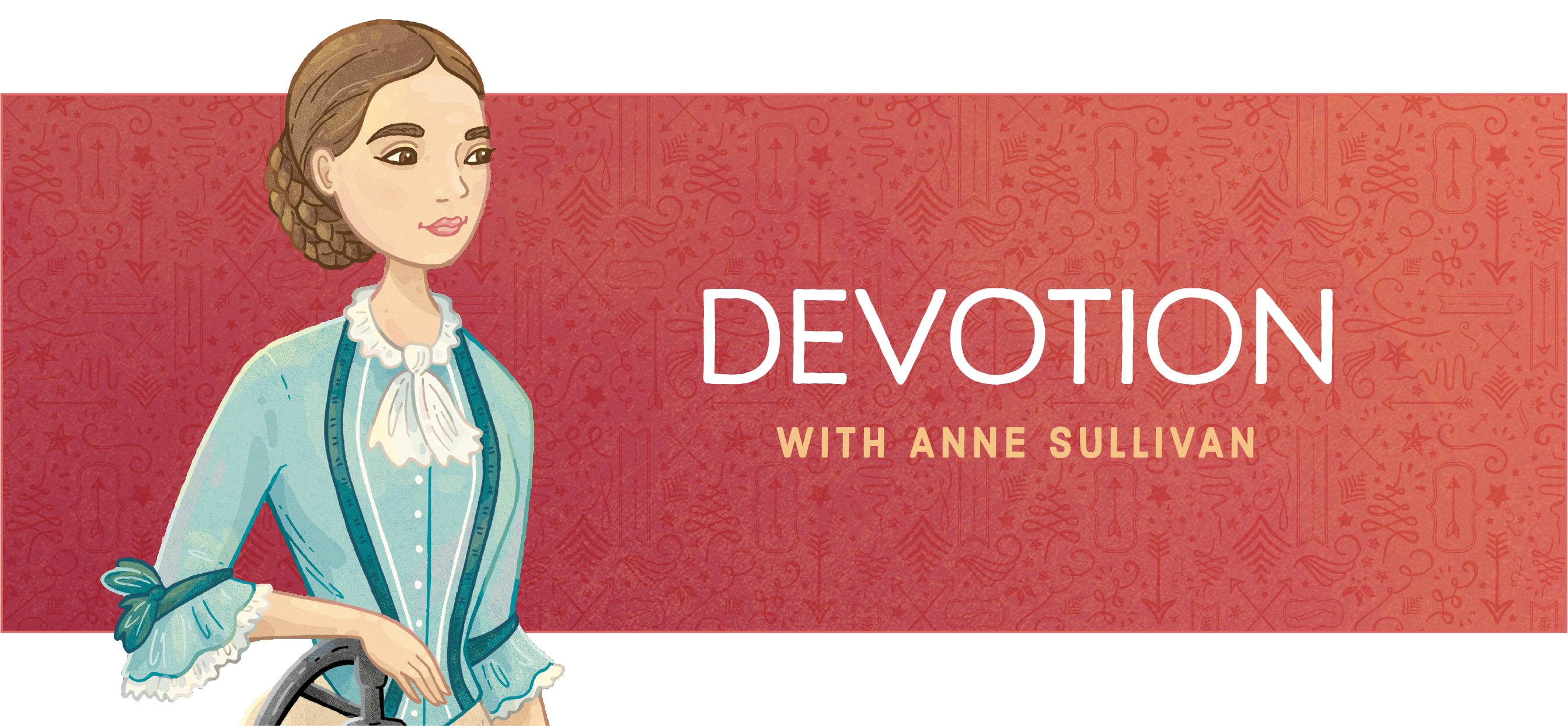
Section One
Preparatory Reading
INTRODUCTION FROM HEATHER STARK: WHY ANNE SULLIVAN?
I chose Anne Sullivan as a Grace & Grit woman because her life was not easy. In fact, it was hard; but, despite that, she still put herself on a life path that would continue to be challenging.
Above all else, Anne was an insightful teacher.
I was a special education teacher for several years. I chose to go into a specific teaching field that continually proved to be challenging. The flip side to challenging was that I worked with a culture of children who were marginalized by schools and, at times, society—very much like Helen Keller, Anne’s student—andI knew I could help them.
When I started teaching my special education students, they did not get to go to the library or PE. I worked very hard at getting people to understand they deserved the same opportunities as every other student in the school. Anne believed this to be true of her student, too. Helen’s life before Anne was confusing and frustrating. She didn’t get to do many things because she did not understand the world around her. Anne took on every battle Helen faced and did not relent. She knew if she stayed true to her student, she would make her student’s life better. Through her devotion and perseverance, Anne taught Helen life skills, sign language, communication skills and even how to TALK.
Anne showed devotion to many things: teaching, thinking big, problem-solving, her student and serving those with challenges. But here is the other side of devotion—as devoted as Anne was to Helen, she also did something for herself. She fell in love and got married. She did not lose herself in her work. That is an important thing to remember. You can be devoted to something without sacrificing your whole self for it. You can keep part of your spirit for yourself and still serve.
It is important for our girls to know that devotion can change the trajectory of something. It can change one’s own life, the life of another, your family, a friend or even the world. It opens people up to having grace and grit. Devotion requires the grit of one to show another a way of grace.
The other important lesson Anne teaches is that sometimes, our work may go unnoticed no matter how hard we work. We hear a lot about Helen Keller, but very little about her teacher, Anne. It is important that our girls also understand not everyone gets the limelight. Sometimes your work, though impactful, will not always get huge recognition. While Anne taught Helen many things, it was Helen whom people wanted to see, communicate with and write about. Anne’s work was the foundation on which Helen stood; her teacher remained in the background. The background work is just as important as the work that is seen. The songwriter we don’t see is just as important as the singer we do see. In fact, without the songwriter, there would be no songs!
Anne was a strong woman who did quiet work. She was humble, but she was also proud of herself. While her devotion to one person may seem small, the changes she made in that person’s life were huge, and her contributions continue to inspire us today.
THE JOURNEY OF ANNE SULLIVAN’S LIFE
At first glance, the life of Anne Sullivan appears to be a quiet existence—a small life full of service to others. However, upon delving into the details, it quickly becomes obvious what strength Anne had. She overcame a lot of obstacles in order to be devoted to Helen. This was not a small life; this was a life filled with quiet strength and loud devotion.
1866
Anne Sullivan was born in Feeding Hills, Massachusetts.
1871
Anne contracted an eye disease that led to near-blindness.
1874
Anne’s mother passed away. Her father found raising a family too difficult, so he sent Anne and her brother, Jimmy, to a “poorhouse” called Tewksbury. It was here that Anne’s brother passed away.
1880
14-year-old Anne was enrolled in Perkins School for the Blind, her first time attending school.
1882
By this time, two surgeries had dramatically improved Anne's vision, and she could see well enough to learn to read and write.
1886
Anne graduated from Perkins as class valedictorian.
1887
Over the next 49 years, Anne devoted herself to the education of Helen Keller.
1932
Anne and Helen were awarded honorary fellowships by the Educational Institute of Scotland.
1936
Anne died following a coronary thrombosis. When Helen passed away, she was also cremated, and her ashes were entombed beside Anne’s.
Although Anne had to endure some very harsh circumstances, these circumstances led her to change the life of her student—thus effecting change in the lives of all visually impaired individuals. Think about it: She was born into a struggling family, abandoned by her father, spent her childhood in a poorhouse, begged for an education at Perkins School for the Blind and it was there, at Perkins, that she started on the path to change her and Helen’s worlds. Anne’s burial at the National Cathedral is very fitting. It was a symbolic move that showed our nation’s indebtedness to Anne and how her devotion bettered the lives of so many others.
CHARACTER TRAIT: DEVOTION
Devotion seems to dance in grace. It floats around and hugs, it lifts and empowers, it builds others up. It appears soft and light, but it can be a very gritty character trait. It demands focused work, clarity of thought, determination, raw honesty, self-care and discipline.
Truly, what does it mean to be devoted to something, to someone, to an idea or a life plan? Think of a mother awake through the night caring for her sick child, the shelter volunteer who spends every spare moment with the animals, a music student practicing on the piano for hours to perfect her solo. All these scenarios wither away without devotion. It takes work to care; it takes heart to care. Being devoted to something is the hard choice.
Everyone has a purpose in this life—something to be cherished and to be tended with devotion. It could be helping the needy, curing illness, raising a family, empowering others. Devotion gives life meaning. A life devoid of devotion is a life lived devoid of emotion.
Devotion requires courage and selflessness, as well as self-care and grace. Its lesson is that, in order to help others, one must first believe in her abilities. Without self-love, one cannot fully love others. Devotion is a steep investment of heart, belief and commitment. When it is given fully—just as Anne Sullivan did in her lifelong friendship with Helen Keller—the rewards are undeniable. It is a gritty choice with a graceful outcome.
LESSON CONTENTS
Below are descriptions of each item we offer as part of the Devotion Theme. Depending on your purchase, some of these may not be applicable.
- Illustrated Portrait
- Our portrait gives life to each of our sets. This Illustrated Portrait of a young Anne Sullivan has her standing at the famous water pump. It was there that Anne's student Helen Keller finally understood water had an actual name. Here is the moment the connection is made. We can see Anne's patience, a slightly turned-out hand, as she waits for her dear student to finally understand.
- Activity Booklet
- The Activity Booklet highlights the themes in Anne Sullivan's life. It gives an overview of her journey into devotion and the legacy she left behind. The booklet includes six thought-provoking activities that guide the readers to apply the lessons of Anne's life to their own. Girls will understand what devotion looks, sounds and feels like. More importantly, they will understand how to be their own best advocate.
- Biography
- While the Activity Booklet highlights Anne's story, the Biography gives a more in-depth telling of her life. The reader will learn how Anne Sullivan overcame a traumatic childhood, convinced adults to let her go to school and dedicated her life to her famous student, Helen Keller. The Biography contains personal stories and quotes that reinforce Anne's devoted spirit.
- Biography Workbook
- The Biography Workbook allows the reader to dive into the lessons Anne Sullivan's legacy teaches and apply them to their life. We took the same thought-provoking activities from the Activity Booklet and made them into a companion guide for the Biography. After completing the activities, girls will understand what devotion looks, sounds and feels like. More importantly, they will understand how to be their own best advocate.
- Timeline Poster
- The Timeline Poster is a quick introduction to the life of Anne Sullivan. One look at it, and the reader can easily spot the milestones in Anne's life, how she navigated through hardships and how she became the life force behind her one and only student. From birth to death, girls can trace Anne's path and understand how her accomplishments changed the course of history.
- Play-It-Forward Cards
- Using the Play-It-Forward Cards allows your girls to generalize the lessons they have learned about Anne Sullivan and her devotion. By following the directions on the cards, they will acknowledge those instances where they see Anne's spirit in themselves and others in their community. The Play-It-Forward Cards encourage girls to support one another by encouraging and recognizing devotion in others.
- Accessory
- The Accessory is a gift that reminds girls of Anne Sullivan's devotion to Helen Keller, a pair of gloves that set the fingers free. Touch means so much to a person—hands can provide comfort and communication. To Helen, Anne's "voice" came by way of touch. Anne's loving hands taught Helen how to use her fingers to speak to the world, setting her free.
- Charm
- The charm is a reminder of Anne Sullivan's legacy. The G&G Charm is a disc that reads "Humble and Strong" and the hand sign for "I love you" in ASL. Love is a form of devotion. Anne was dedicated to her students, but not so much that she would lose herself in her giving. This charm is a symbol of her devotion to herself as well as her pupils.

